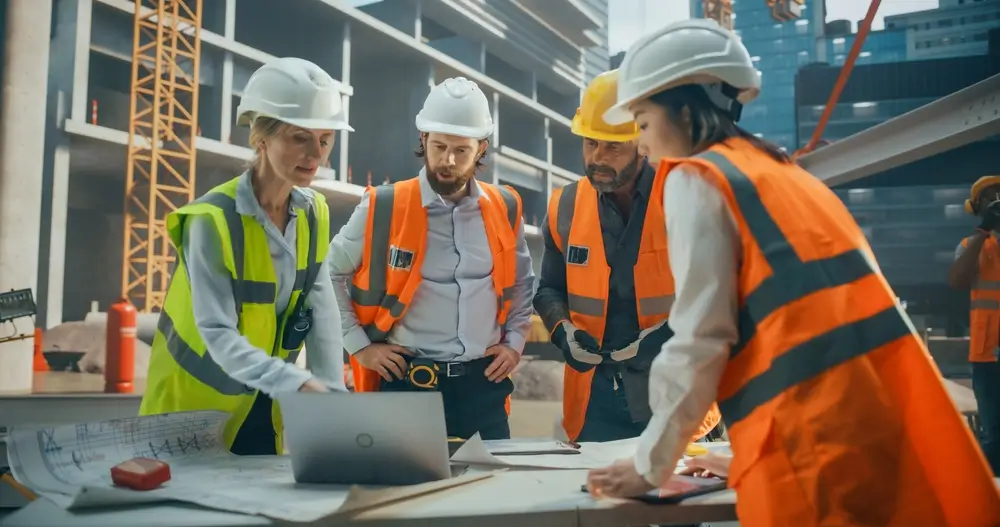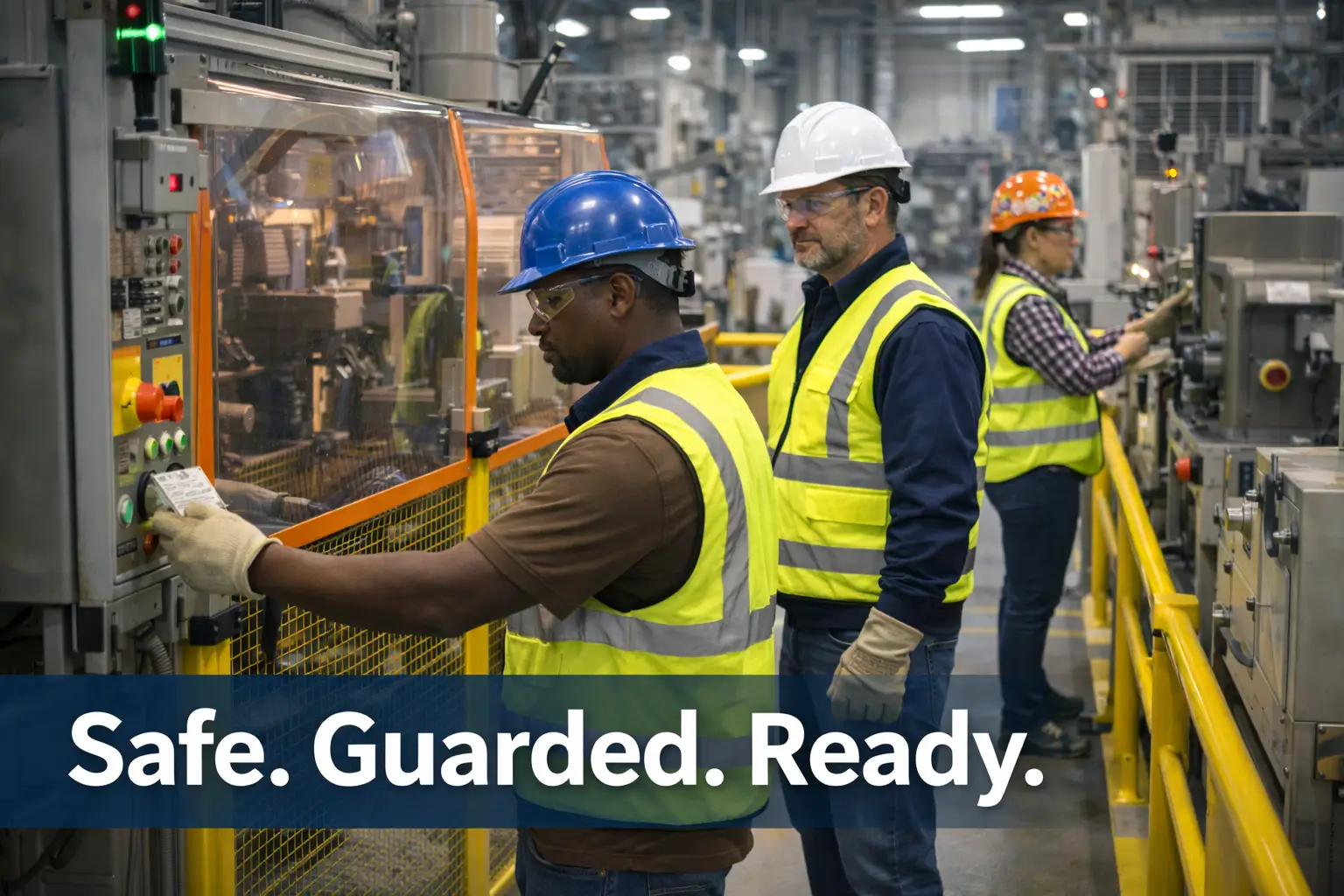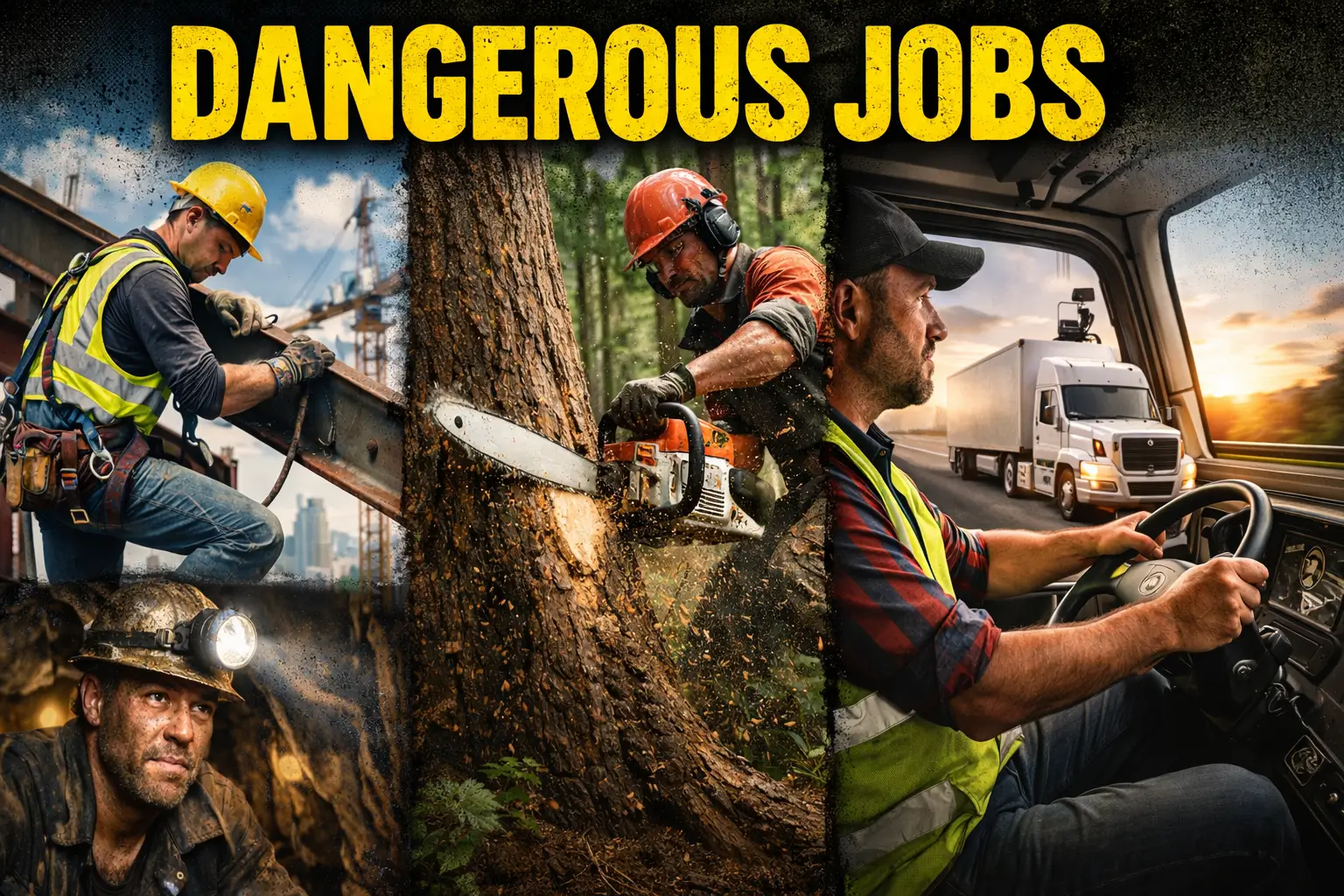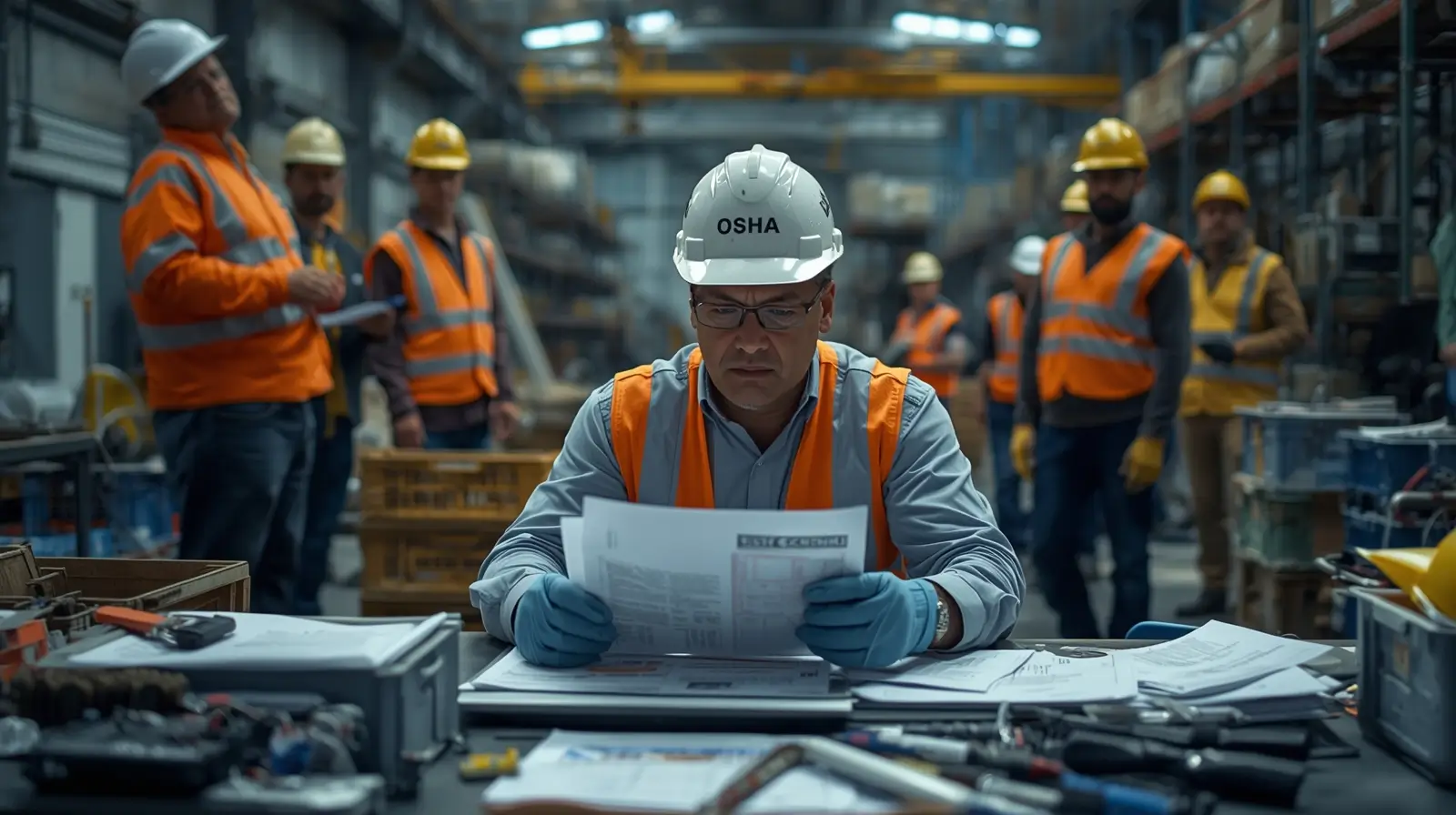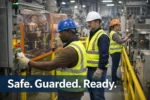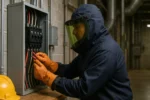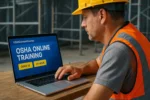🛠️ Introduction: What Is OSHA Safe+Sound Week?
OSHA Safe + Sound Week is a nationwide event designed to raise awareness about workplace safety and health programs, highlighting the benefits of proactive hazard prevention. It is typically held in August each year, giving organizations a dedicated time to evaluate and strengthen their safety initiatives. The event is open to employers, employees, and safety professionals across all industries, from construction and manufacturing to healthcare and retail. The primary aim is not just regulatory adherenc, but building a lasting culture of safety that encourages open communication and shared responsibility. Participants engage in activities such as safety trainings, hazard hunts, toolbox talks, and program reviews to identify gaps and reinforce best practices.
OSHA uses the week to spotlight success stories from companies that have reduced incidents and improved employee well-being through active safety programs. By participating, organizations signal to their workforce that safety is a core value, fostering trust, morale, and stronger team collaboration.
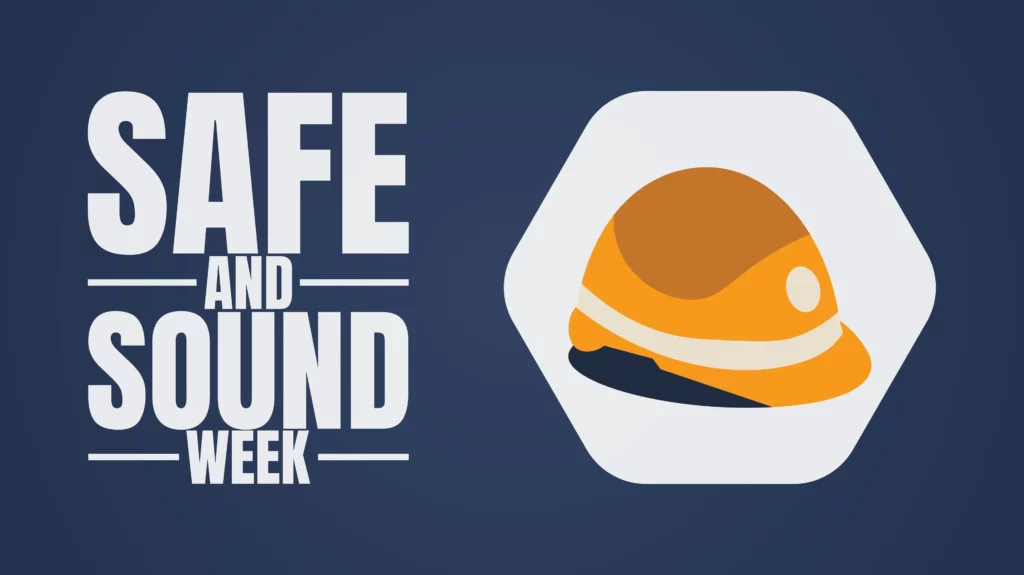
🎯 The Mission Behind Safe+Sound Week
Safe+Sound Week is more than just an annual event; it’s a nationwide initiative by OSHA to strengthen workplace safety culture. Its mission is to encourage safety awareness, recognize organizations that prioritize worker well-being, and promote effective safety programs across all industries.
At its core, OSHA emphasizes three key elements that form the foundation of a successful safety and health program:
👨💼 Management Leadership:
It helps demonstrate safety as a core company value through clear policies and visible actions. Allocates budget, staffing, and time for safety initiatives and training. Moreover, it holds all levels of management accountable for maintaining safe work environments.
🧑🔧 Worker Participation:
It involves employees in safety committees, inspections, and hazard reporting. It encourages open communication without fear of retaliation. Moreover, it helps recognize and reward workers for contributing to safety improvements.
🛡️ A Systematic Approach to Finding and Fixing Hazards:
It conducts regular inspections and hazard assessments using structured checklists. It prioritizes corrective actions based on severity and potential impact. And helps tracks progress and verify that hazards are fully resolved before closing reports.
By focusing on these principles, businesses can create safer, healthier, and more productive workplaces year-round.

🎉 Why Your Workplace Should Celebrate
The importance of celebrating Safe+Sound Week is immense. Let’s explore:
💪 Boosts morale and team spirit
It creates opportunities for employees to engage in interactive safety activities and events. Encouraging collaboration across departments through shared safety goals, it recognizes and rewards employee contributions, fostering pride in workplace achievements.
🧠 Reinforces a culture of safety
It keeps safety top of mind by making it part of daily conversations and activities. Showing that safety isn’t just a policy, it’s an ongoing commitment, it encourages employees to take ownership of identifying and addressing hazards.
🏢 Demonstrates leadership’s commitment to health and safety
Public participation by management sends a strong message of accountability. Moreover, investment of time and resources in Safe+Sound activities reinforces company values. It builds credibility with both employees and external stakeholders.
⚠️ Reduces workplace incidents and costs
It's proactive hazard prevention that reduces lost workdays and medical expenses. It helps strengthen adherence with OSHA requirements, minimizing the risk of penalties. Moreover, it improves operational efficiency by preventing interruptions due to accidents.
🤝 Builds trust between management and workers
It helps create open channels for feedback and safety concerns. Showing that leadership listens to and acts on employee input. It promotes a shared responsibility for keeping everyone safe.
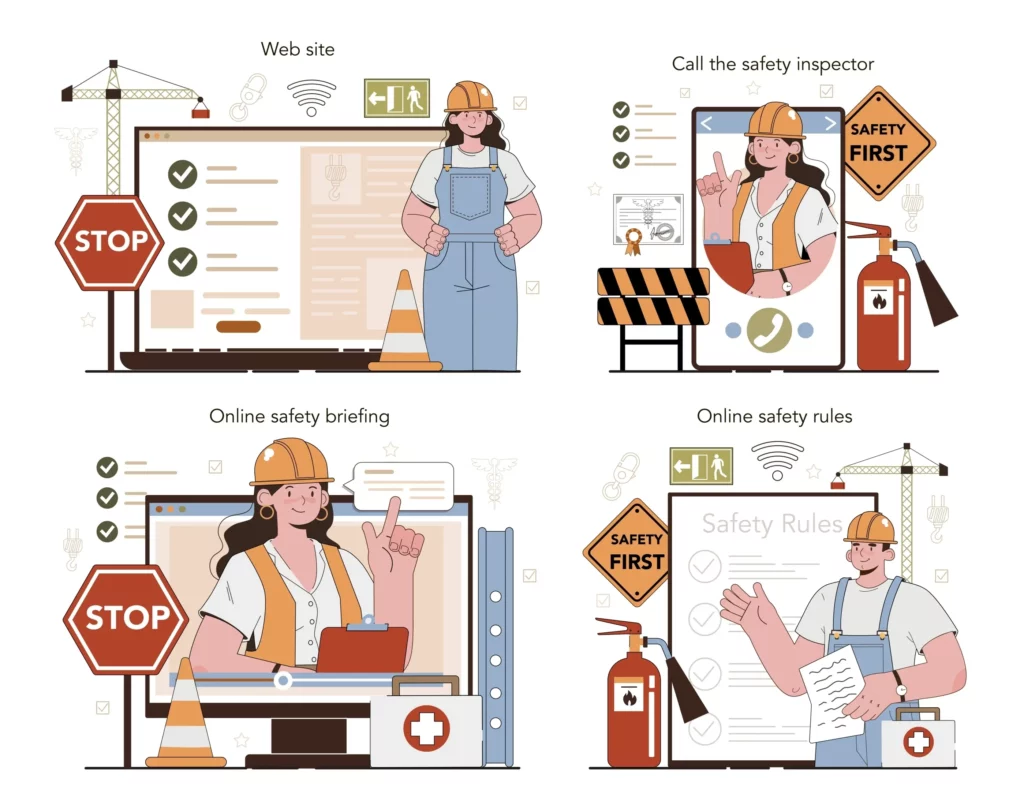
✨ Easy & Impactful Ways to Get Involved
Here are some simple ways to get everyone involved and participate with more enthusiasm.
🧰 Host daily “Safety Moments” or toolbox talks
Keep sessions short (5–10 minutes) to maintain engagement. Focus on one safety topic per day, such as PPE use, ladder safety, or electrical hazards. Get your workforce involved in leading talks to increase participation. Moreover, use real-world examples from your jobsite for relevance. And encourage questions and discussion to reinforce understanding. Do not forget to document each talk for training records and OSHA adherence.
📝 Offer OSHA practice quizzes or refresher training
Create short quizzes on hazard recognition, emergency procedures, and OSHA standards. Make sure to use online platforms for easy access across shifts and locations. Offer small rewards or recognition for high scores to boost participation. It will make your workforce more engaged. Moreover, schedule quick refresher modules on high-risk topics like fall protection or lockout/tagout. And ensure materials are updated to reflect the latest OSHA guidelines.
🏅 Share safety success stories or highlight a “Safety Hero” each day
Recognize workers who have gone above and beyond for safety. Share specific examples, such as hazard reporting or preventing an accident. You can use bulletin boards, newsletters, or intranet posts to spread the message. Include photos or short interviews to personalize the recognition. And make it inclusive—celebrate both frontline workers and support staff.
🔎 Conduct a workplace hazard walk or safety inspection
Plan walkthroughs with mixed teams from different departments. You can use checklists to systematically review high-risk areas and equipment. It's important to encourage employees to point out hazards without fear of blame. You must document findings and assign responsibilities for corrections. And always follow up to ensure issues are addressed promptly. Share outcomes with all staff to show transparency and accountability.
Conclusion: Make Safety More Than a One-Week Event
Safety should be more than a once-a-year focus; it’s an ongoing commitment. Treat OSHA Safe+Sound Week as the launchpad for lasting improvements, reinforcing that safety is not just a checklist but a mindset. By carrying the momentum forward year-round, businesses can build stronger, safer workplaces for everyone.

